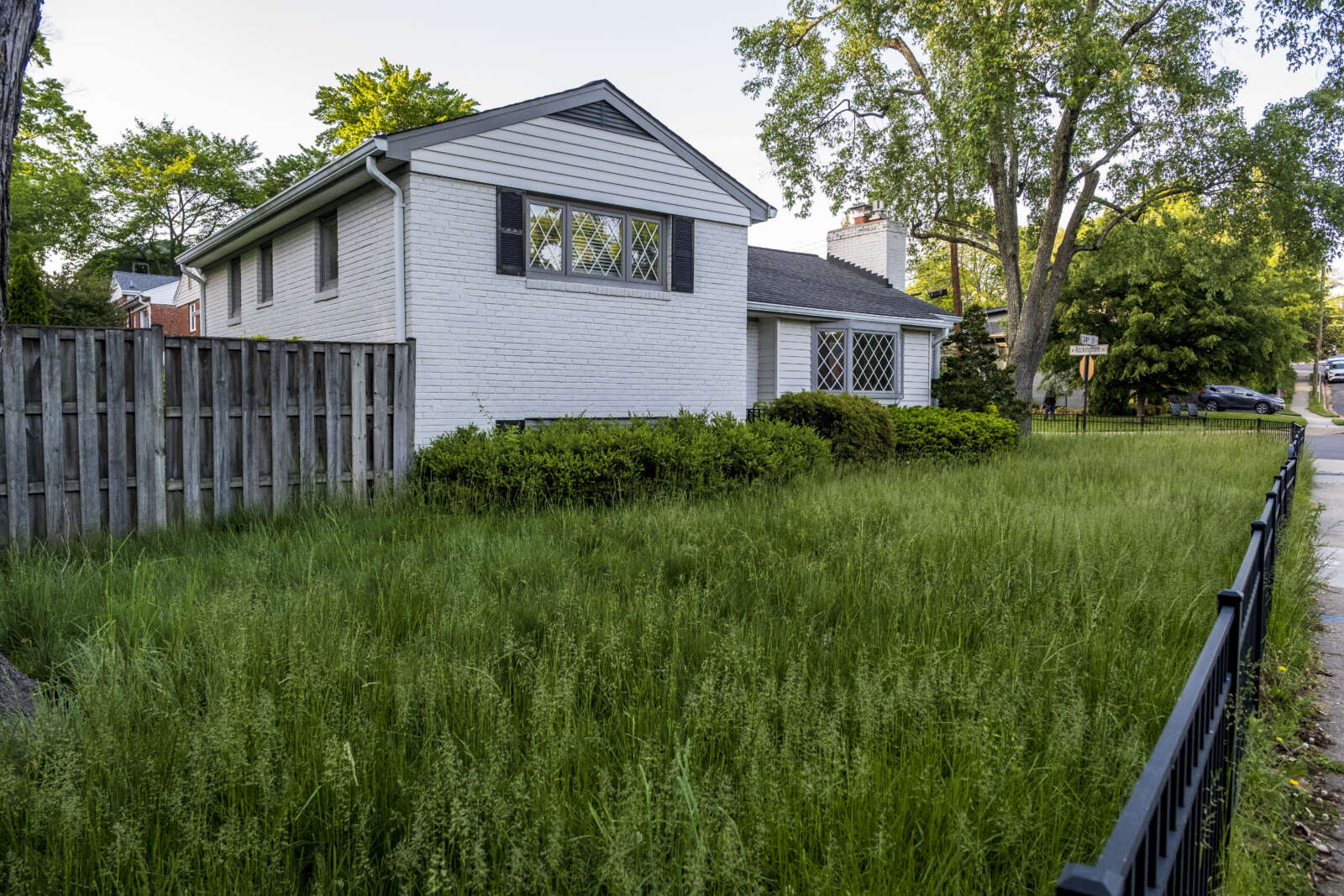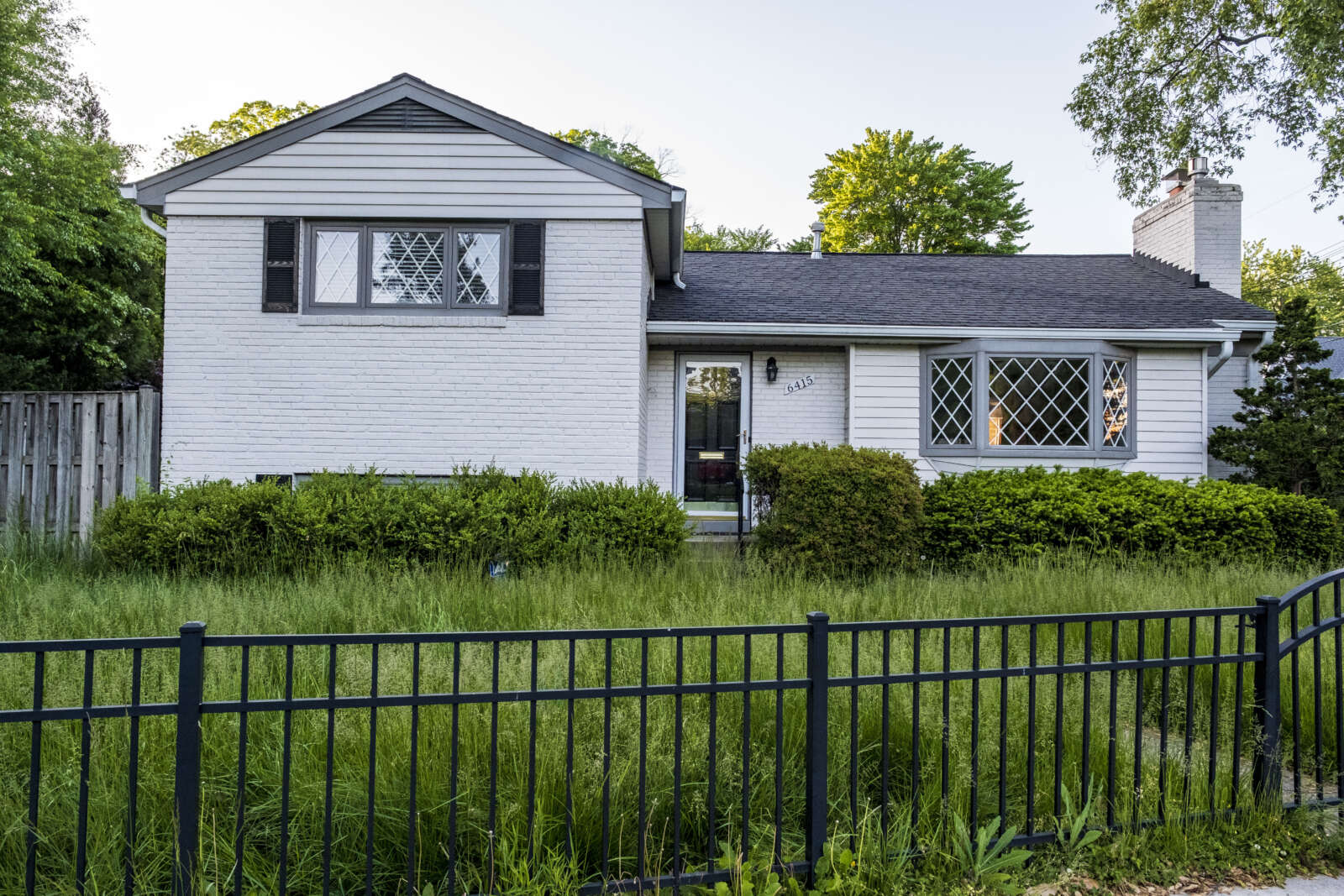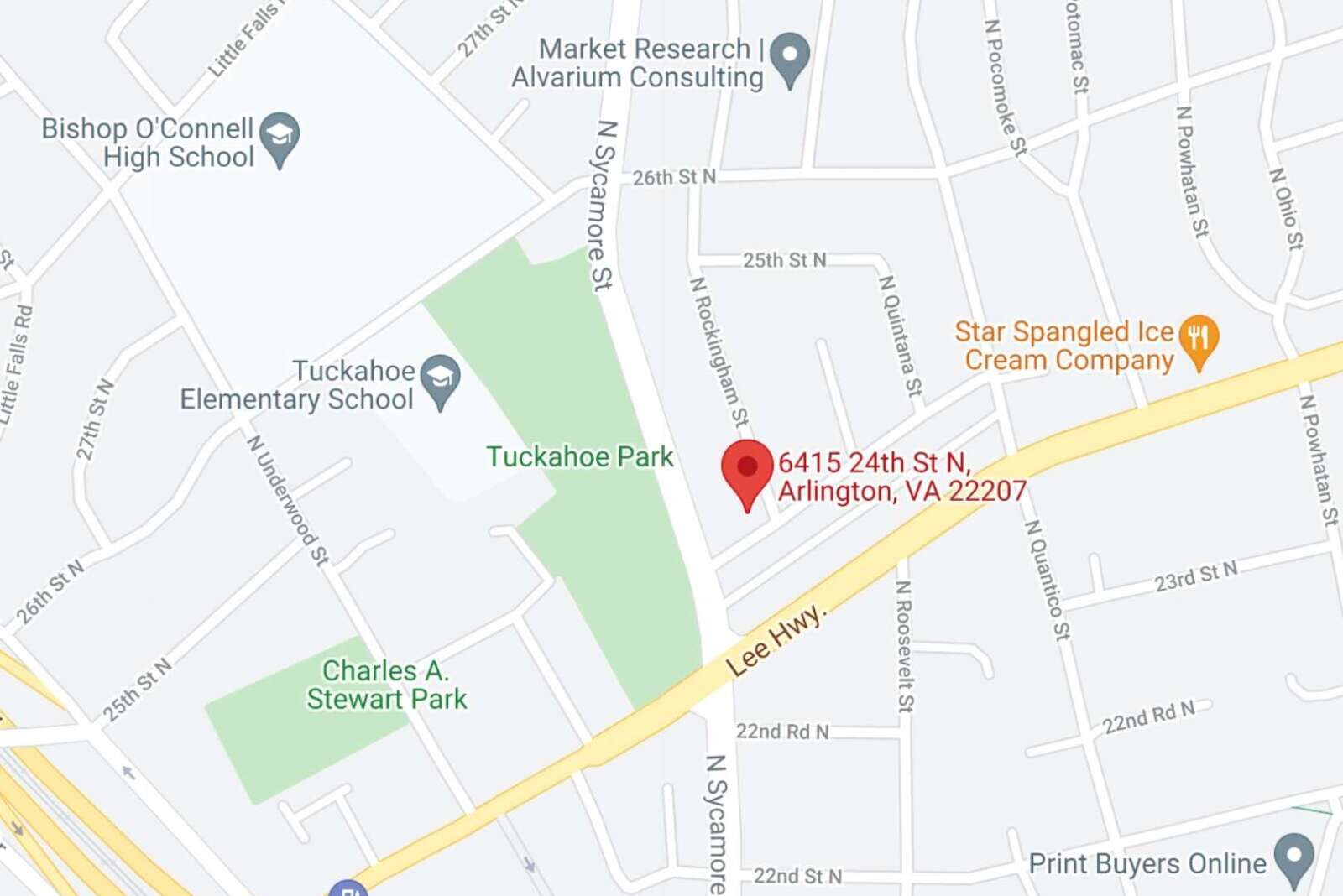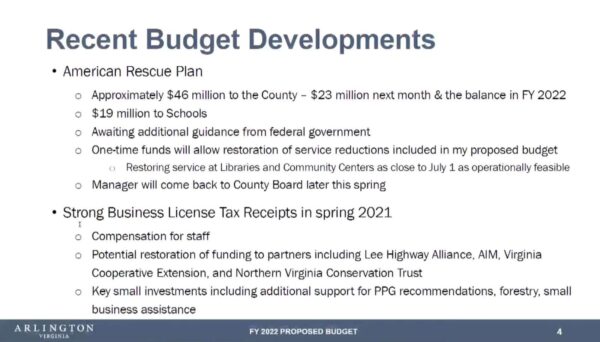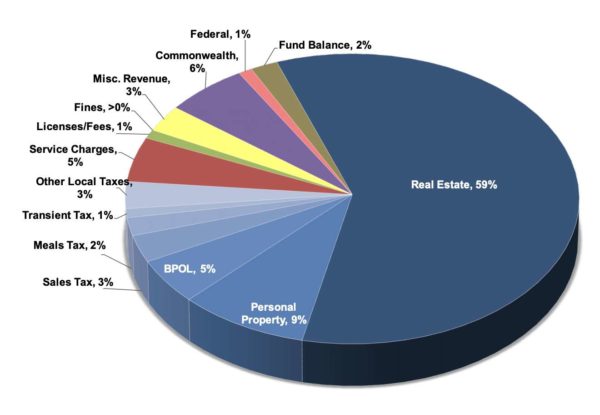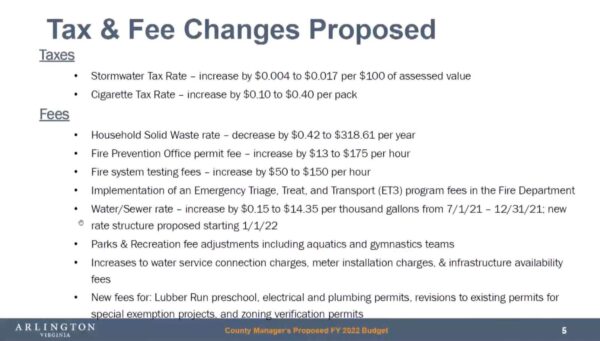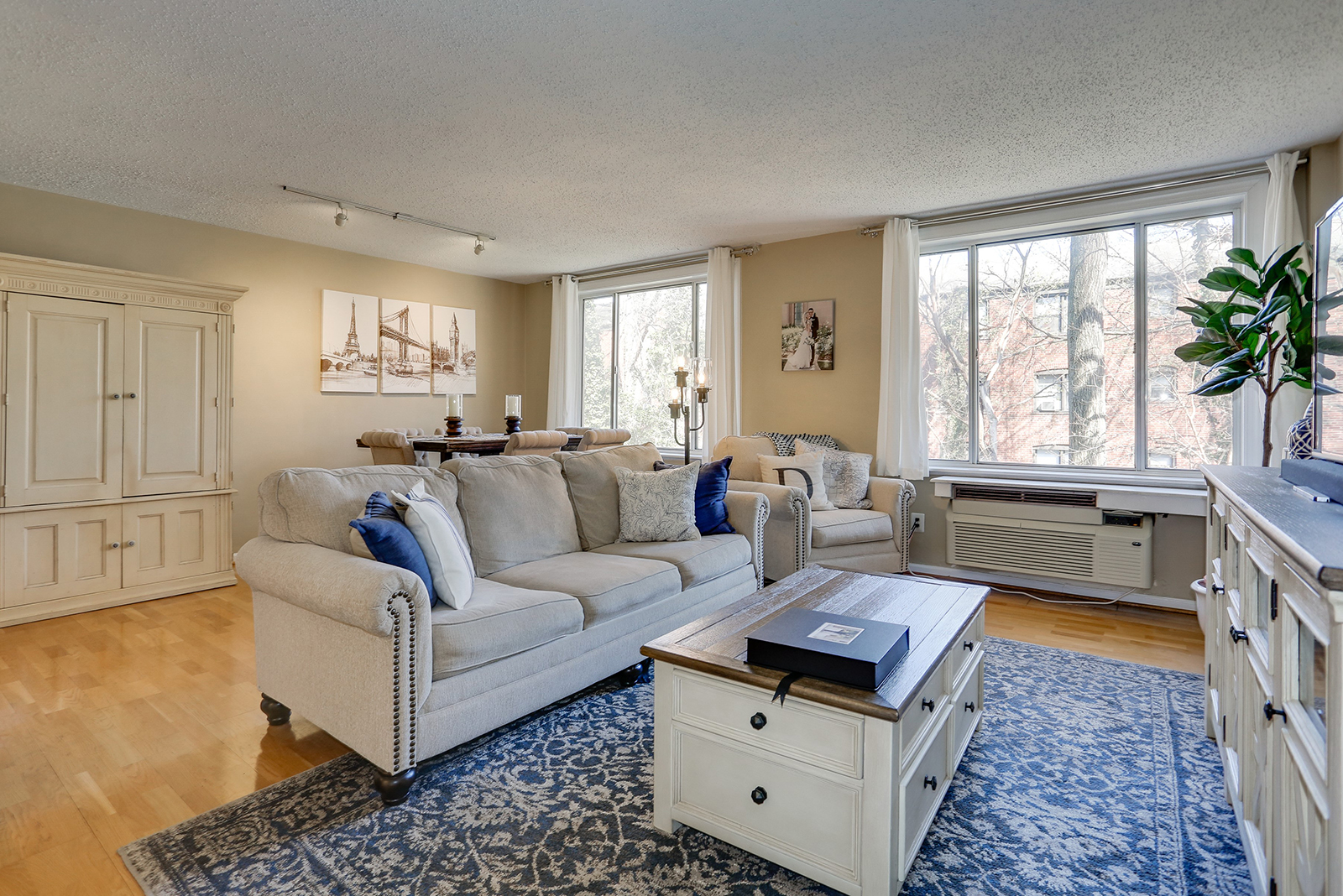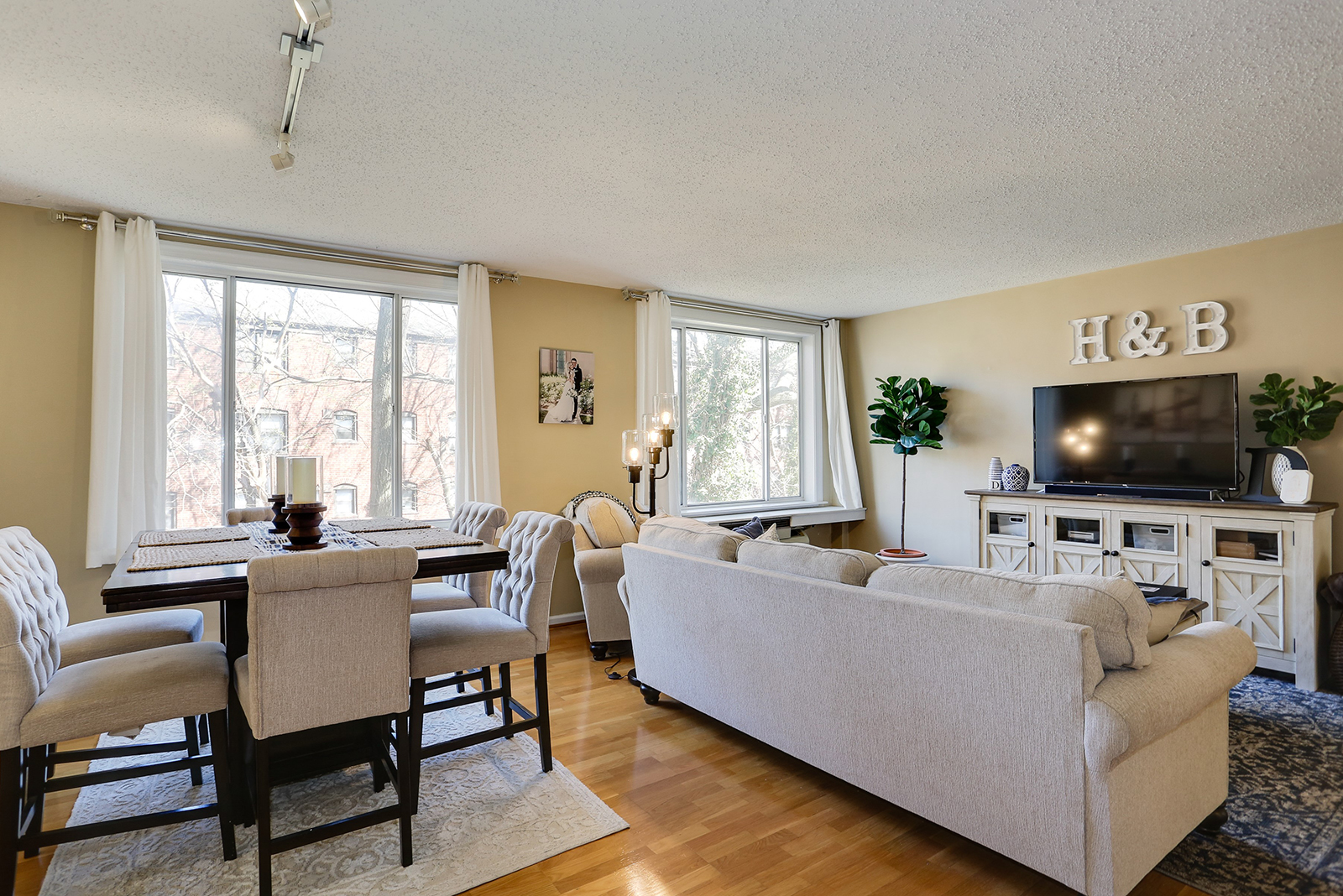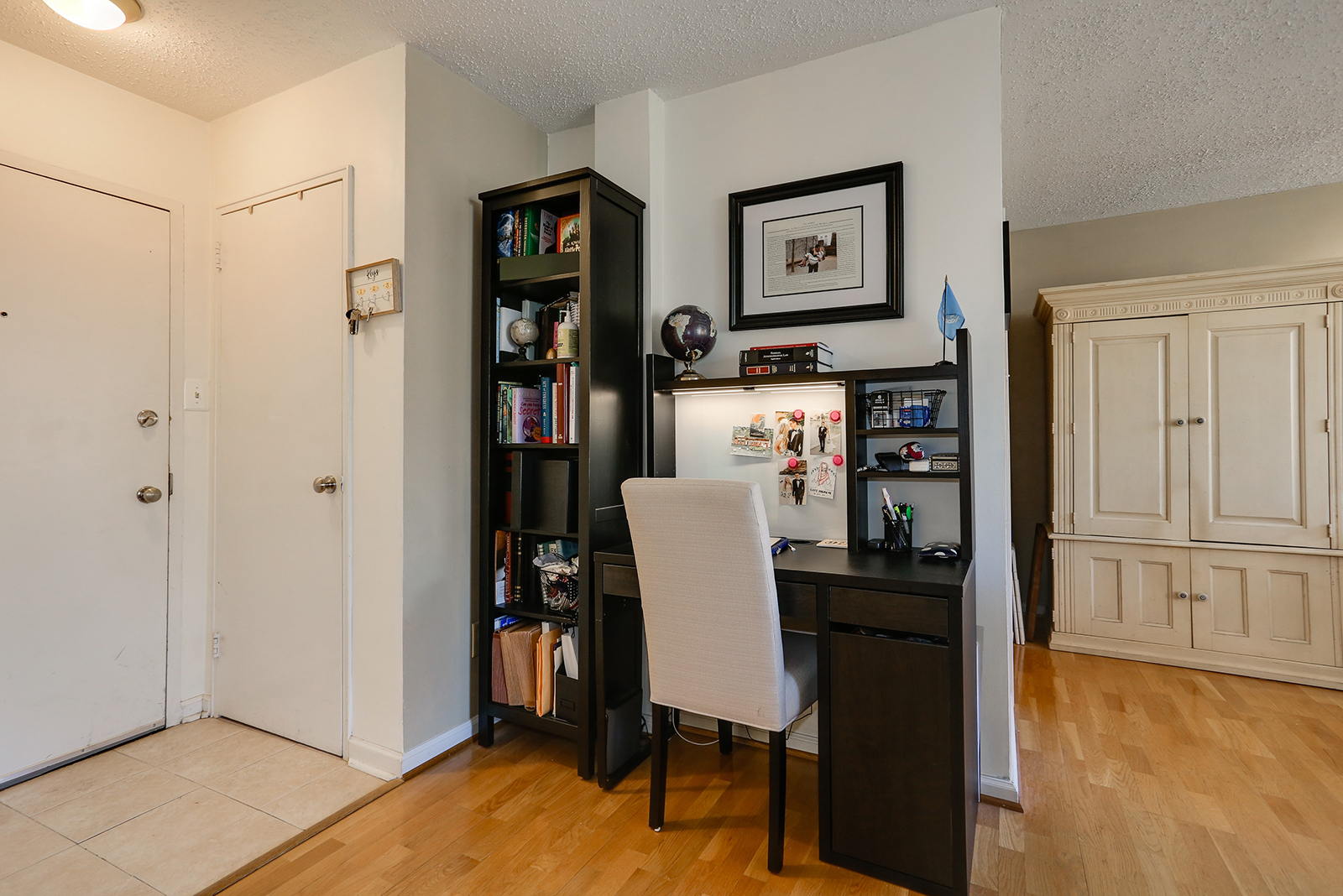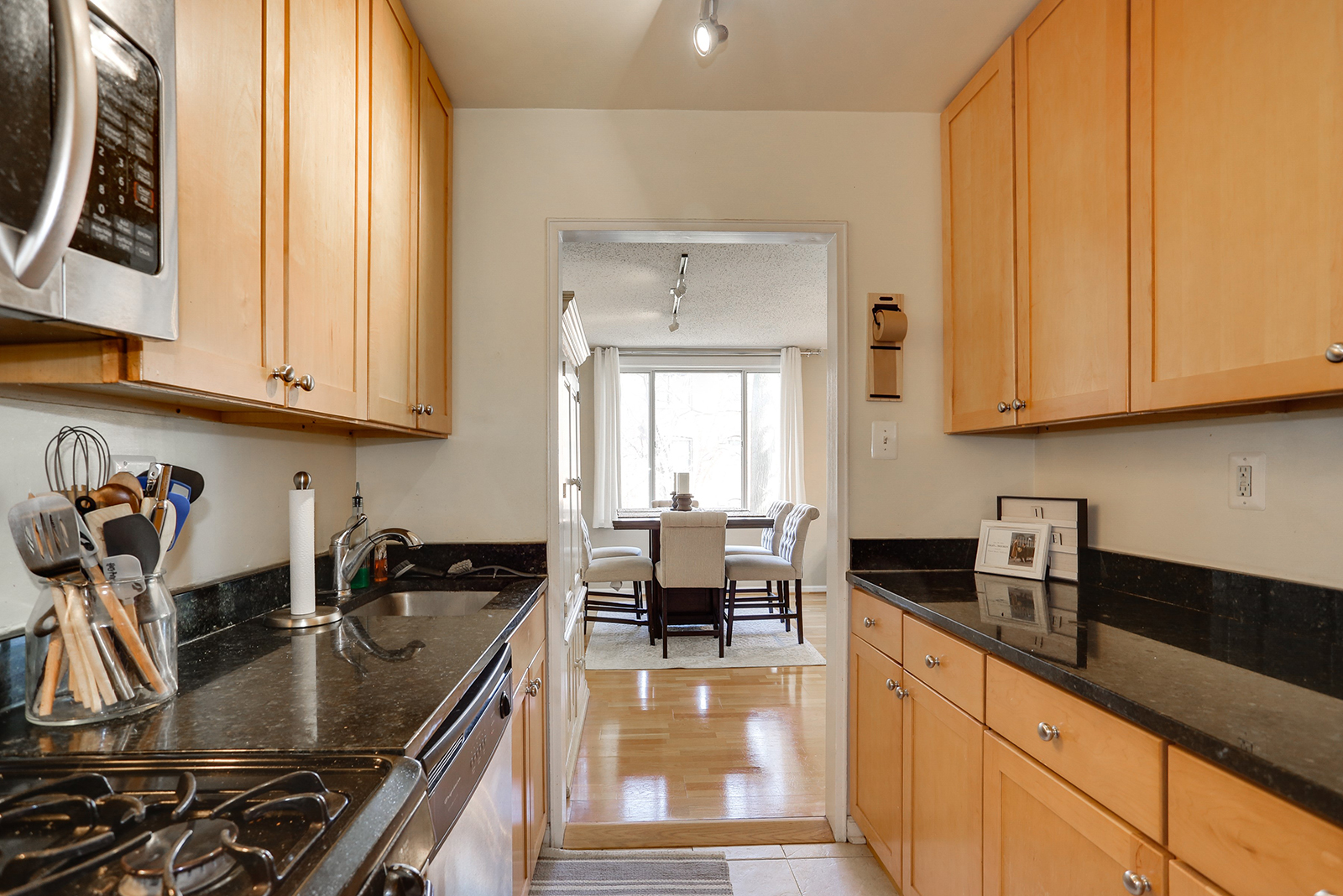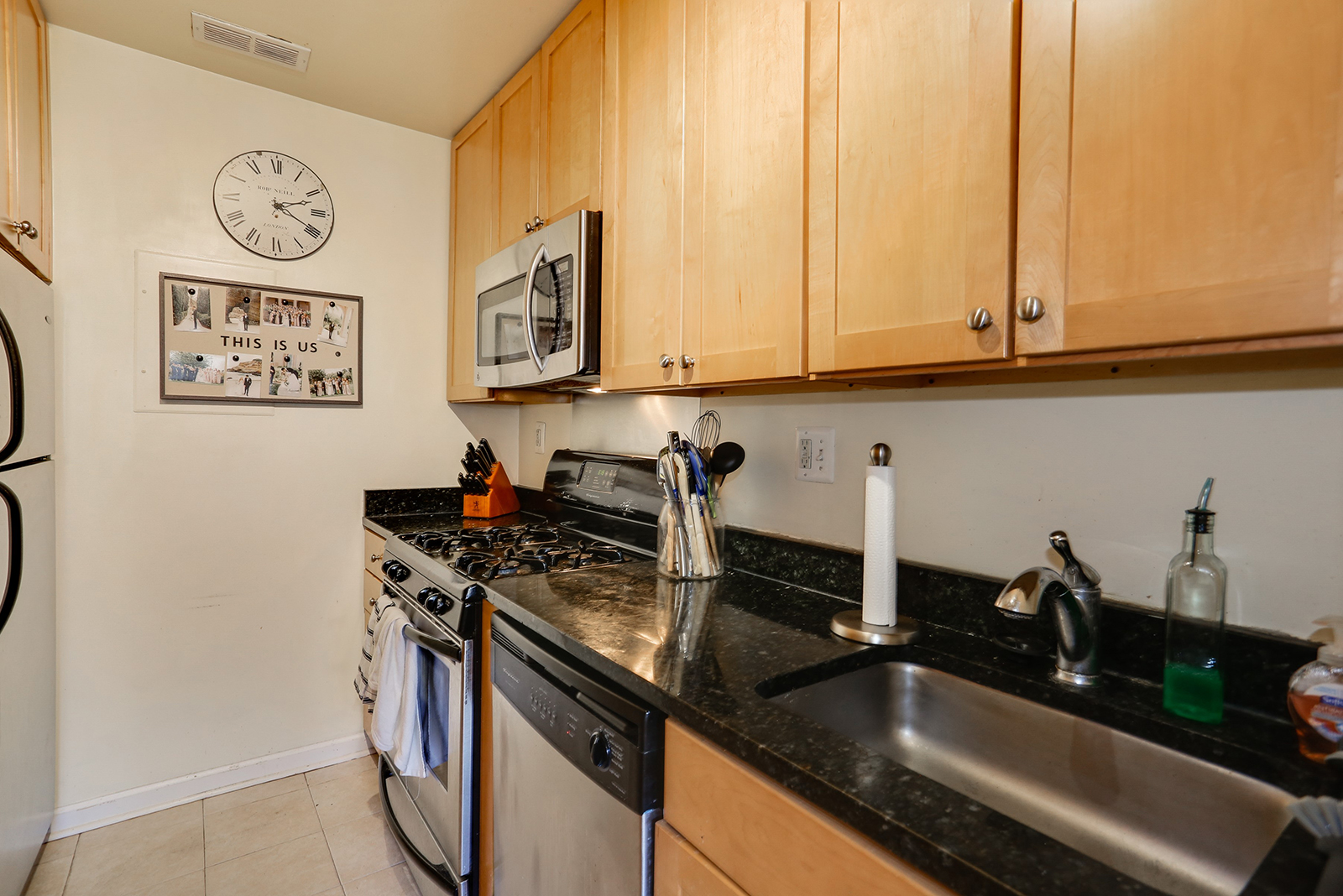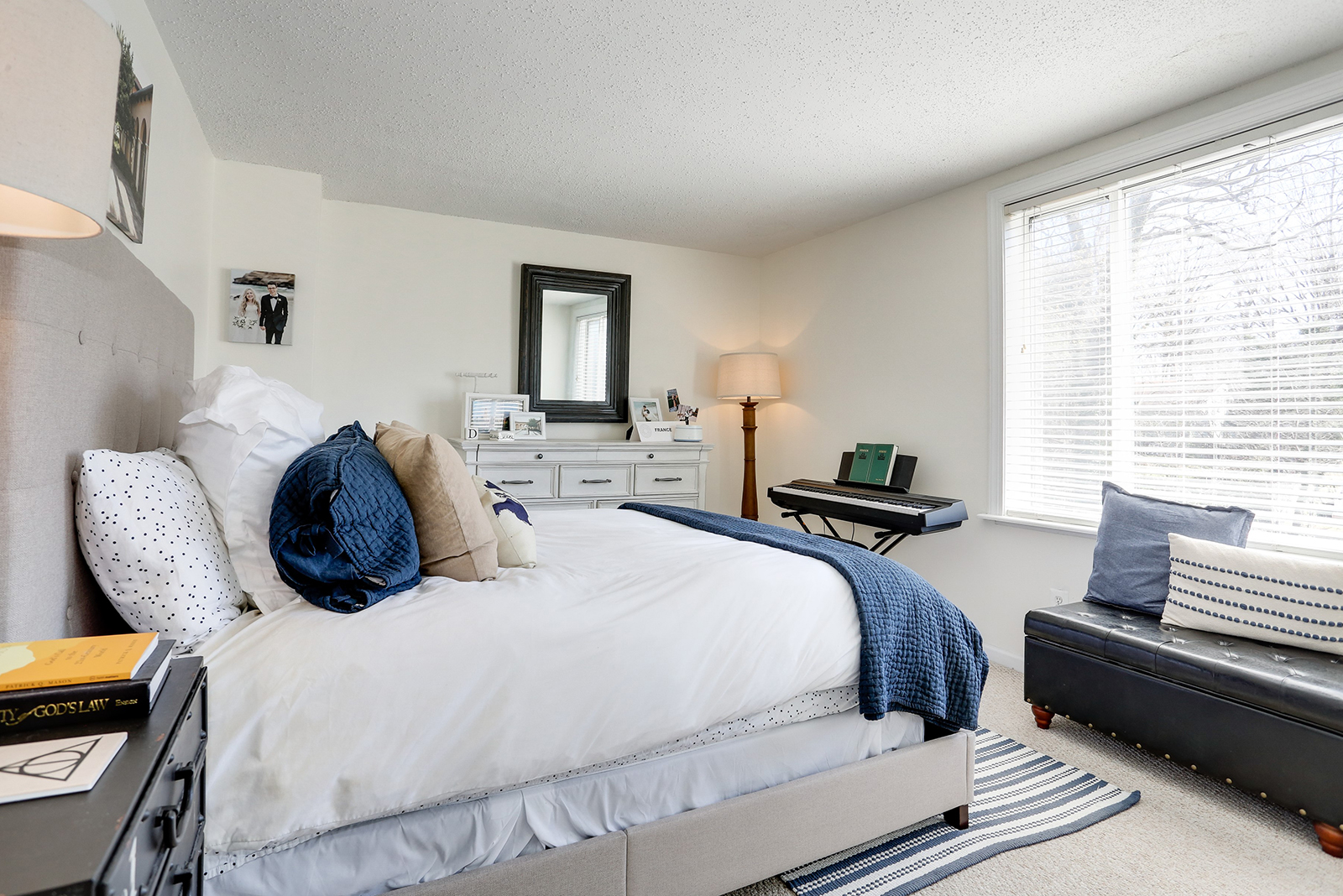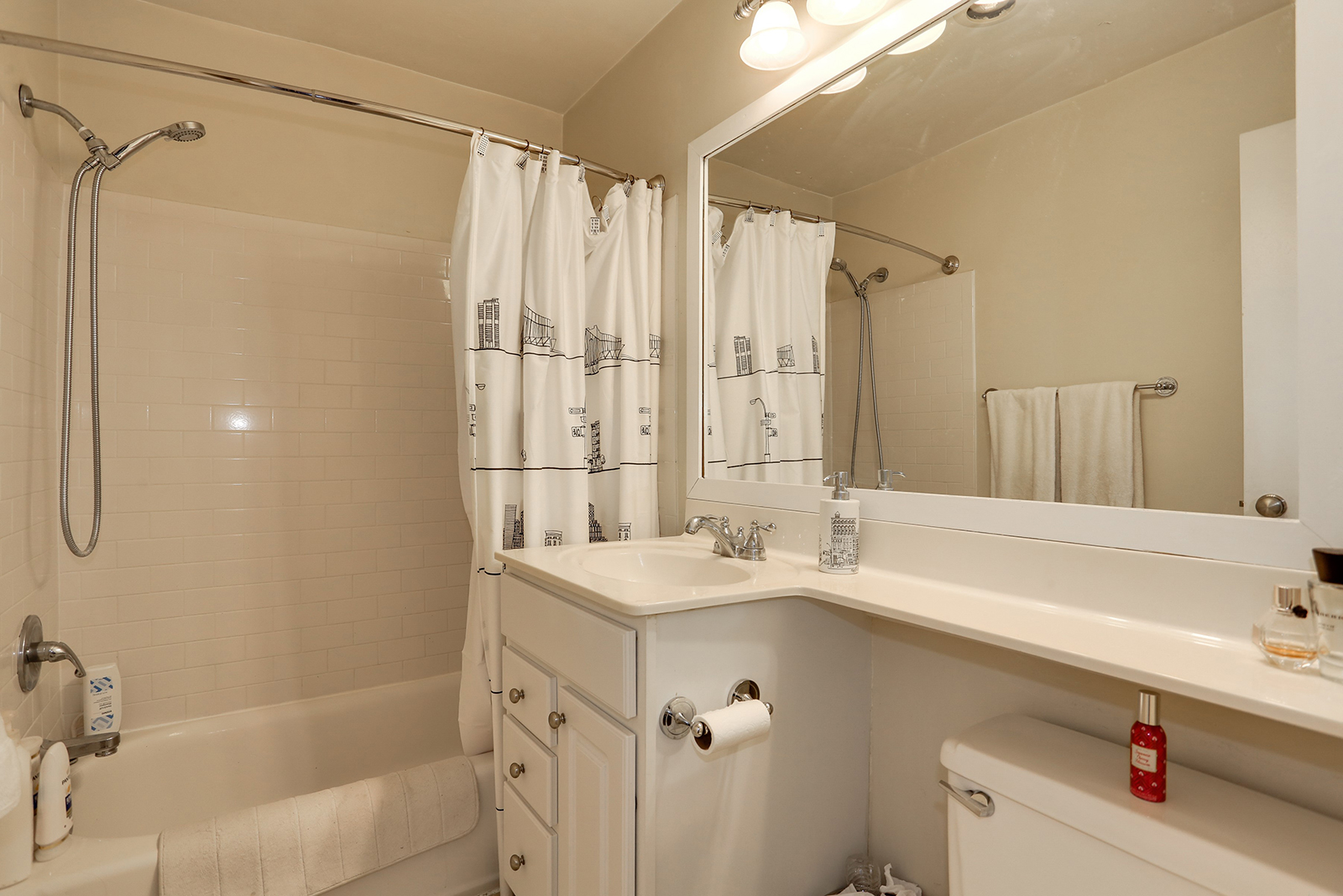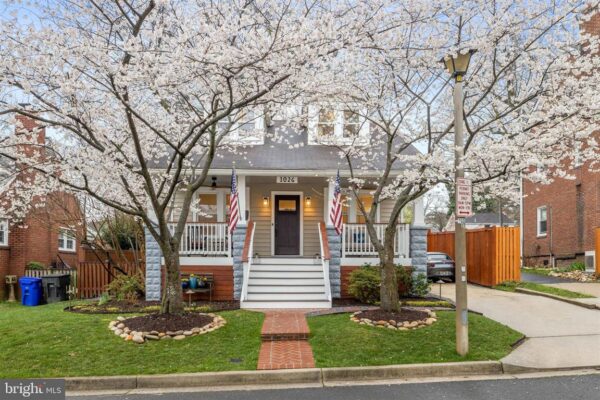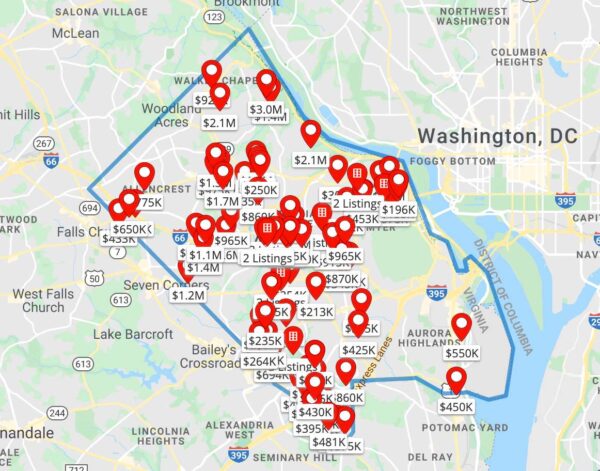This regularly scheduled sponsored Q&A column is written by Eli Tucker, Arlington-based Realtor and Arlington resident. Please submit your questions to him via email for response in future columns. Video summaries of some articles can be found on YouTube on the Ask Eli, Live With Jean playlist. Enjoy!
Question: Can you explain how the Earnest Money Deposit is used and what an acceptable amount is?
Answer:
What is the EMD?
I like to define Earnest Money Deposit (EMD) as an amount of money deposited by a Buyer as security for the Seller that the Buyer will perform under the obligation of the real estate contract. Assuming the Buyer completes the purchase transaction, the deposit is deducted against what they owe at closing (down payment + closing costs).
If the Buyer voids the contract within their contractual rights (e.g. Home Inspection Contingency), they receive their deposit back in full. If the Buyer defaults (cannot close or backs out without contractual protections), that money is at risk (more on this later).
In most cases, the deposit is held by the Title Company handling the transaction. They act as an unbiased administrator of the deposit and are also the ones handling the funds at closing. In some cases, one of the brokerages representing the Buyer or Seller may also hold the EMD, but this is much less common today. In either case, the handling and distribution of the deposit funds are strictly regulated to prevent co-mingling or improper distribution if the transaction falls through.
The contract also stipulates when the funds are due. In most cases, Buyers make the deposit within 3-5 days of an offer being ratified (accepted by both parties). If you’re a Buyer preparing to make an offer, I recommend making sure you have enough funds for your EMD in an account that you can easily transfer money out of (wire or check), not a brokerage or retirement fund that takes 5-10+ days for money to clear.
How Much is the EMD?
The amount of the deposit is a negotiable term in the contract and should be given serious consideration by both Buyers and Sellers. Buyers can use the deposit amount to increase the actual or perceived strength of their offer over others. In the current market where many Buyers are competing with other offers, a higher EMD can help you stand out if you’re in a tight race with another offer.
What does it mean to stand out with your EMD? In my opinion, 1% of the sale price is the lowest EMD that should be considered, but 2-3% of the sale price is appropriate in most non-competitive or lightly competitive situations. In competitive situations, it’s common to see at least a few Buyers offer EMD of 5% of the sale price or more. I’ve even seen Buyers offer to post their entire down payment as EMD.
Consider it from the perspective of a Seller. If you’re reviewing multiple great offers on a $1,000,000 home and one has a 2% EMD ($20,000) and the other has a 10% EMD ($100,000), wouldn’t you be drawn towards the offer with a substantially higher EMD?
As a Seller, other terms like price, contingencies and closing date will most likely rank higher in priority than EMD amount but it’s still important to ensure you have an acceptable deposit.
Consider this scenario… if you’re selling a $1,000,000 property and the EMD is 1% ($10,000), is that enough to keep your Buyer locked into the contract if, one week before closing, their dream home hits the market and they begin questioning the purchase of your home? Maybe yes, maybe not.
Is $10,000 enough money for you to offset the hassle and cost of going back on the market and uncertainty of getting the same or better price the second time around? Probably not.
So make sure that the deposit you’re receiving is enough to disincentivize the Buyer from defaulting and enough to offset the cost and hassle for you if the Buyer does default.




